-
Legacy Member

Springfield '03 in 'scant' stock.
-
-
06-20-2012 03:21 PM
# ADS
Friends and Sponsors

-
FREE MEMBER
NO Posting or PM's Allowed

Beautiful!!! I might be wrong about this, but I think Scant stocks were built on 03A3's. Meaning it's probably not original to the rifle. But again, I might not be remembering properly. Either way it's a nice rifle. I bought a scant stock for my O3A3 and I prefer the feel of them over a straight stock. Of course a C would be much better than either, IMHO.
-
-
Scant stocks were used almost always as replacements; the only "original" use was on some later M1903A4 sniper rifles.
People sleep peaceably in their beds at night only because rough men stand ready to do violence on their behalf.
--George Orwell
-
-
FREE MEMBER
NO Posting or PM's Allowed

That one already has a piece of tape on the receiver. I would be afraid of that one.
Just joking, but seriously, do a search on low numbered receivers rather than stir up this controversy once again.
-
Legacy Member

No kidding, Johnny. I can't get a straight answer on it at all. Mine falls under the supposed 'don't shoot' category. Just wondered what some of you guys thought.
-
-
FREE MEMBER
NO Posting or PM's Allowed

There is no straight answer; only opinions. No one can tell you that it won't fail, and no one can tell you that it will.
Since you ask the question you apparently have previous knowledge of the serial number range, and I would suggest "Hatcher's Notebook", Record of Accidents to the U.S. Rifle M1903, 1917 to 1929.
-
Legacy Member


Originally Posted by
Johnny Peppers

There is no straight answer; only opinions.
And plenty of those! 
Anzac - Do your homework and make your own decision. That's all anybody can say.
As far as the scant stock goes, yours is an early one. No milling for the A3 handguard ring and larger recoil lug. I think those are neat. Thanks for sharing.
Mike
-
-
Anzac a tiny percentage of low number 03's had the receiver steel burned in the forging process. These basically are the receivers that blew up catastrophically. Usually there was a contributing factor such as wrong ammunition, bad ammunition or a bore obstruction.
Several corrective measures were introduced at the national arsenals:
1. Pyrometers were used to prevent burning the receivers in the forge. Previously the forging temp had been judged by 'eye' of the more senior shop hands. The only problem was that as WW1 approached production at Springfield Arsenal had been on the downturn for several years. Rock Island shut down rifle completely in 1913. So most of the best and brightest at Springfield were scattered to the winds. The ones that were left may have been senior but how good ???
2. A new heat treating process was put into place designed to ensure all new receivers were stronger. Think of this way. leaving aside the issue of "burned" steel for a moment if the early SHT (Single Heat Treatment) receiver had a strength of "X" then the DHT (Double Heat Treatment) Receivers had a strength of "XX".
3. After a brief period the process at RockIsland was changed again and Nickel Steel was introduced. Eventually Springfield converted over to Nickel Steel in the 20's.
As Johnny mentions Hatcher's Notebook goes into the issue in great detail. As to the total number of rifles that blew up or fractured no one really knows. The Hatcher data stops in 1929. Also there is no mention of the number rifles that were blown up in proof testing. Most of the incidents that Hatcher recorded occurred in the 20's. However, the decision to halt 03 production in the middle of a world war and change the entire process was undertaken on the basis of a relative handful of incidents (unless - a lot of rifles that we don't know about were blown up during proof).
Because there was no non-destructive way to pick out the weak 03's the community has played it safe and recommended against firing low numbered rifles. Many may well be fine, up to the limitations of an SHT receiver, its just that few folks are so cavalier as to recommend that someone else shoot one of these when the question comes up.
Hope this helps.
Regards,
Jim
-
-
Legacy Member

Thank you all for the input. Johnny, I have heard of Hatcher's Notebook, and you kind of answered what I think I really meant to ask, which would be are there any references documenting actual catastrophic failures in these rifles. I will try to find a copy of that. Again, much thanks. This is why this is the best forum anywhere, IMHO.
-
-
FREE MEMBER
NO Posting or PM's Allowed

The receiver failures in Hatcher's Notebook are only those he could document in the 1917 to 1929 time period. Others not mentioned in Hatcher's records are in the Springfield Research Service files.
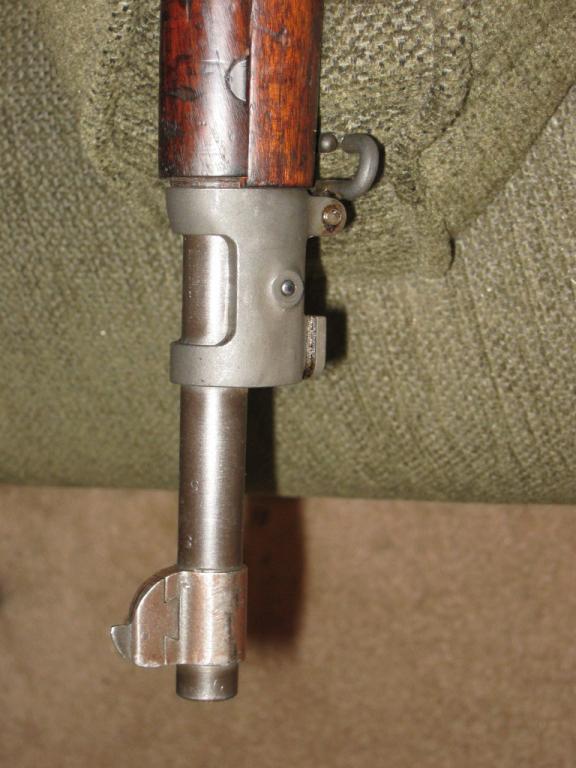 Information
Information















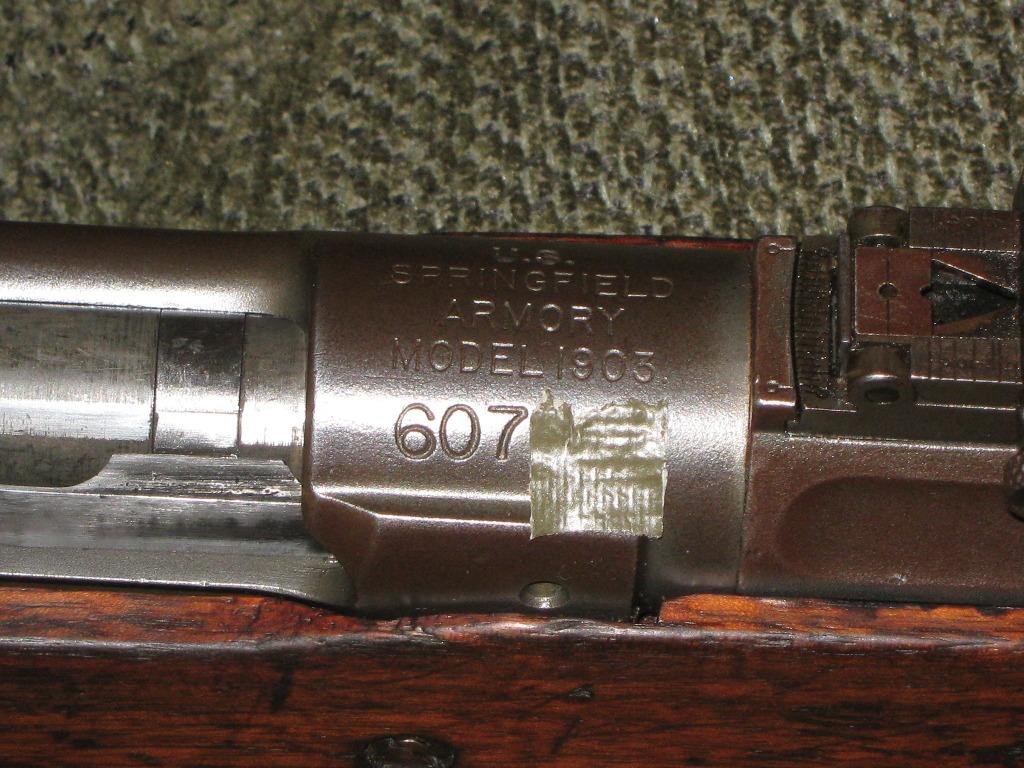
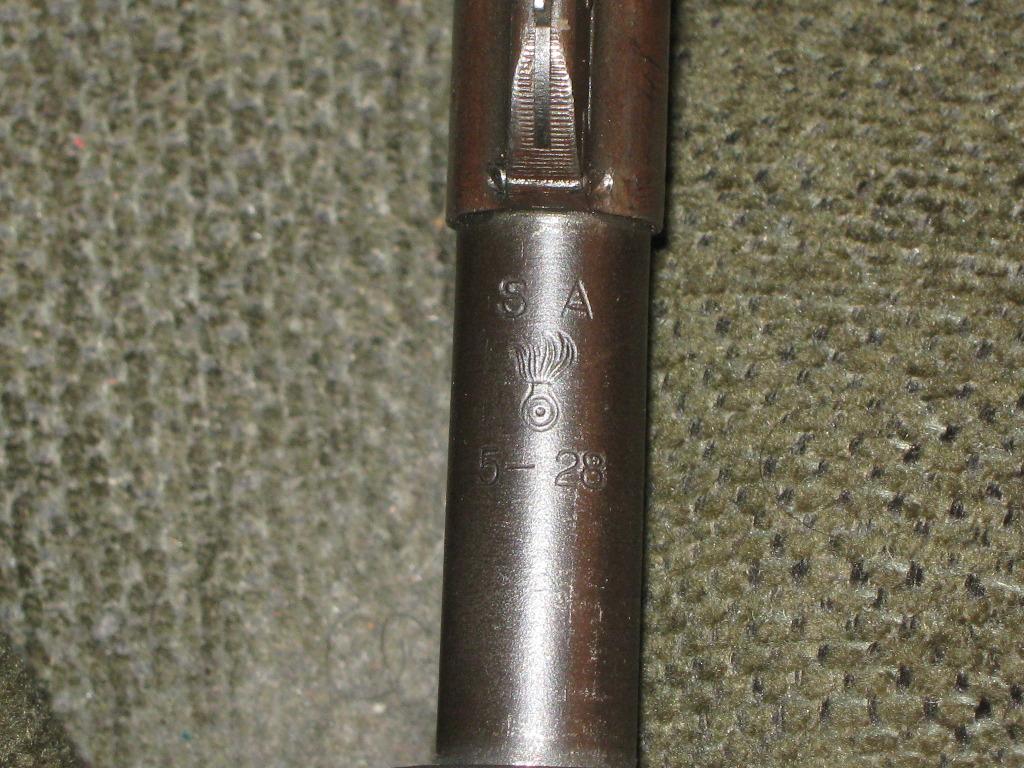
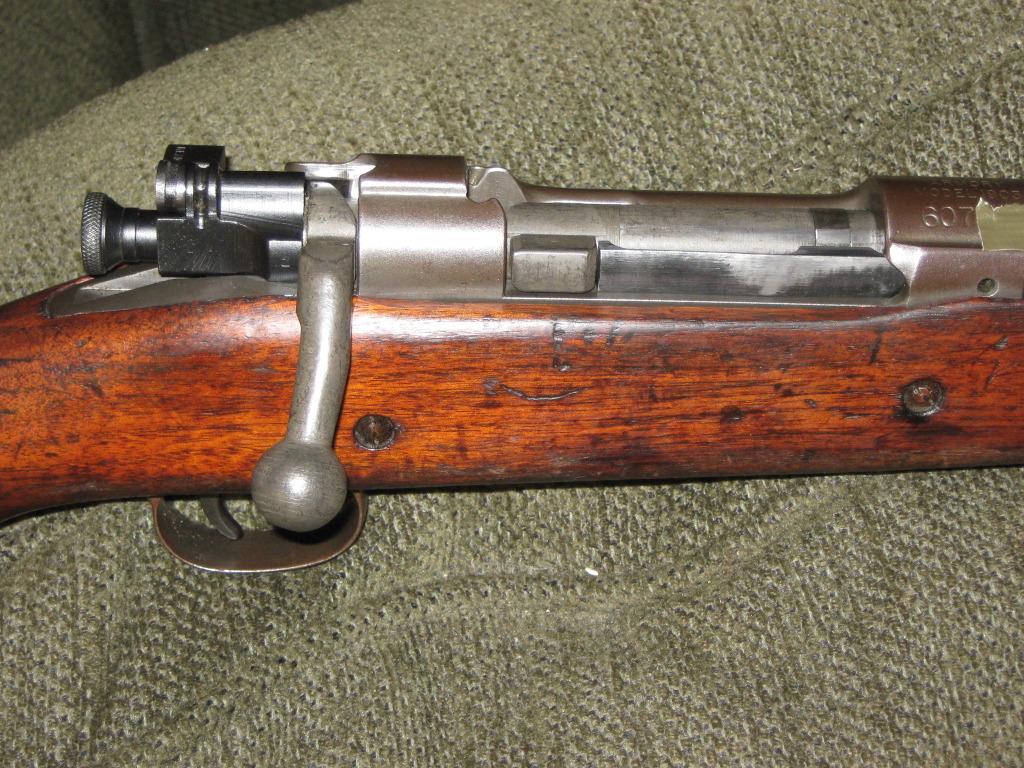
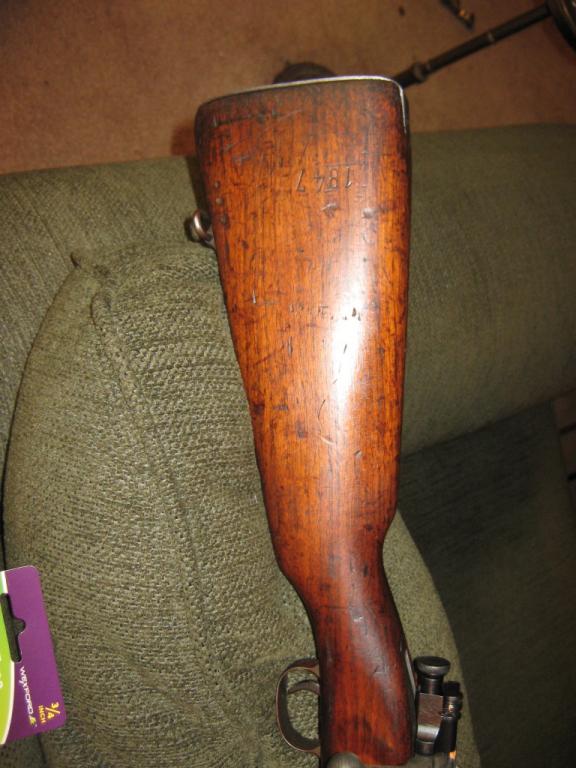
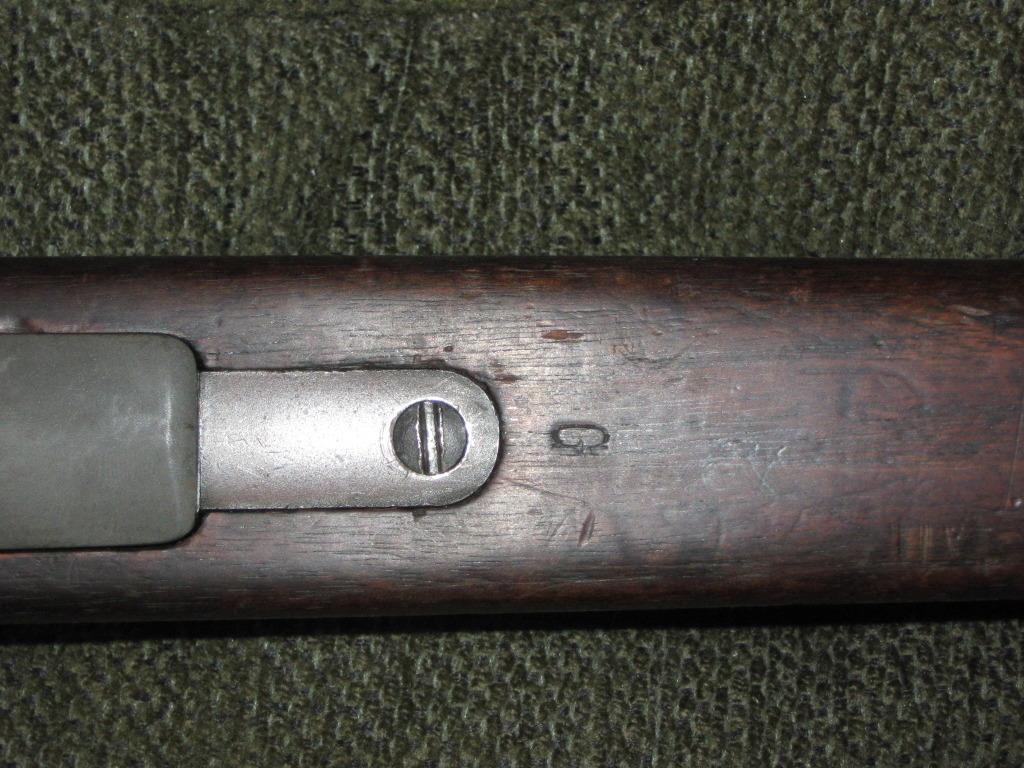
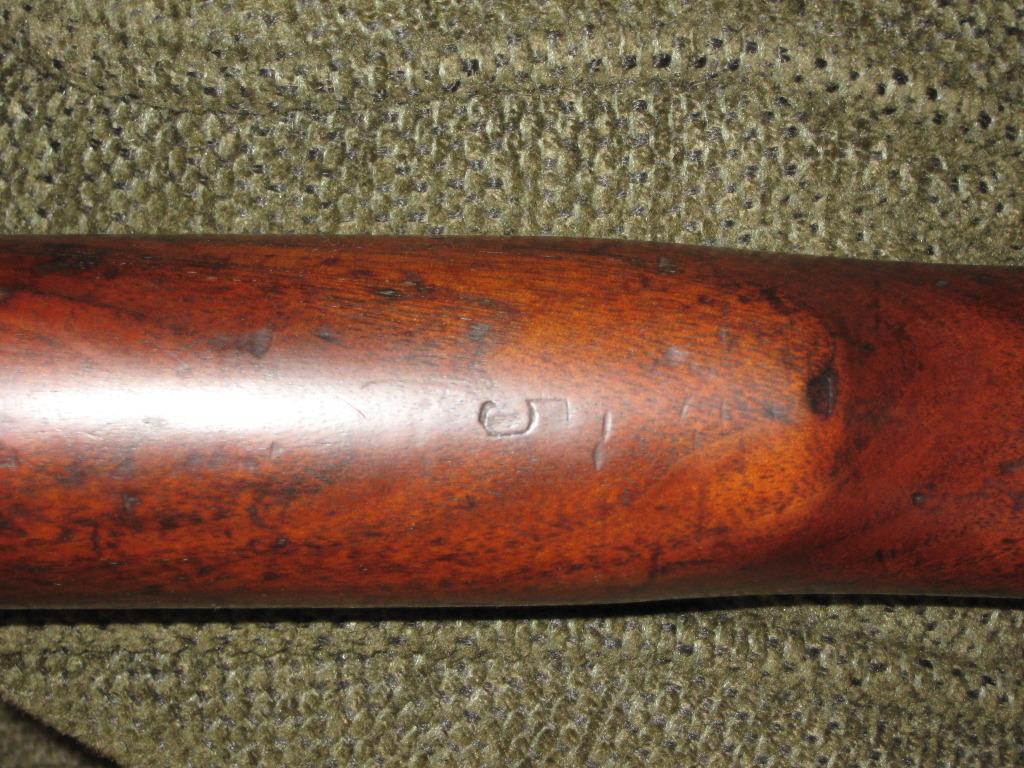
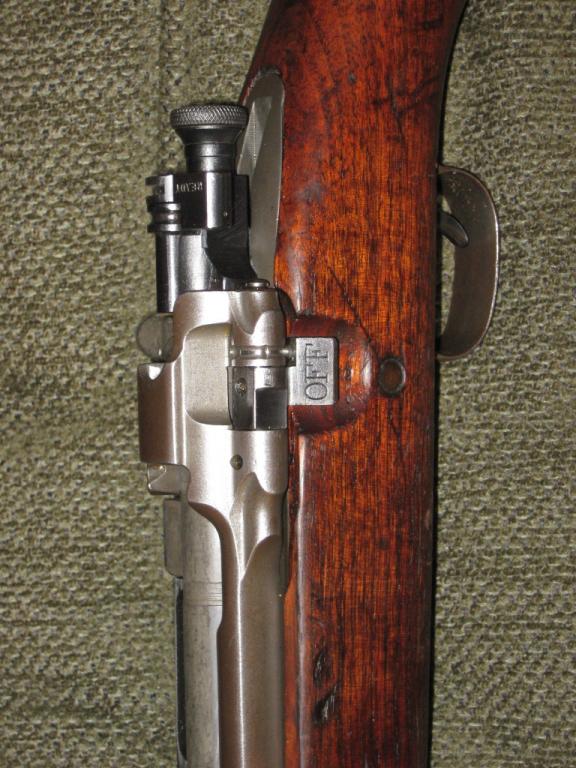
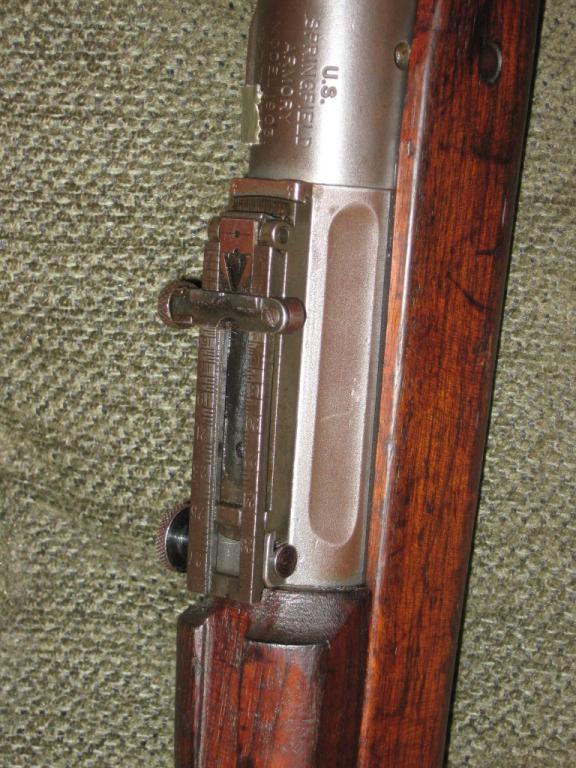
 PM
PM












